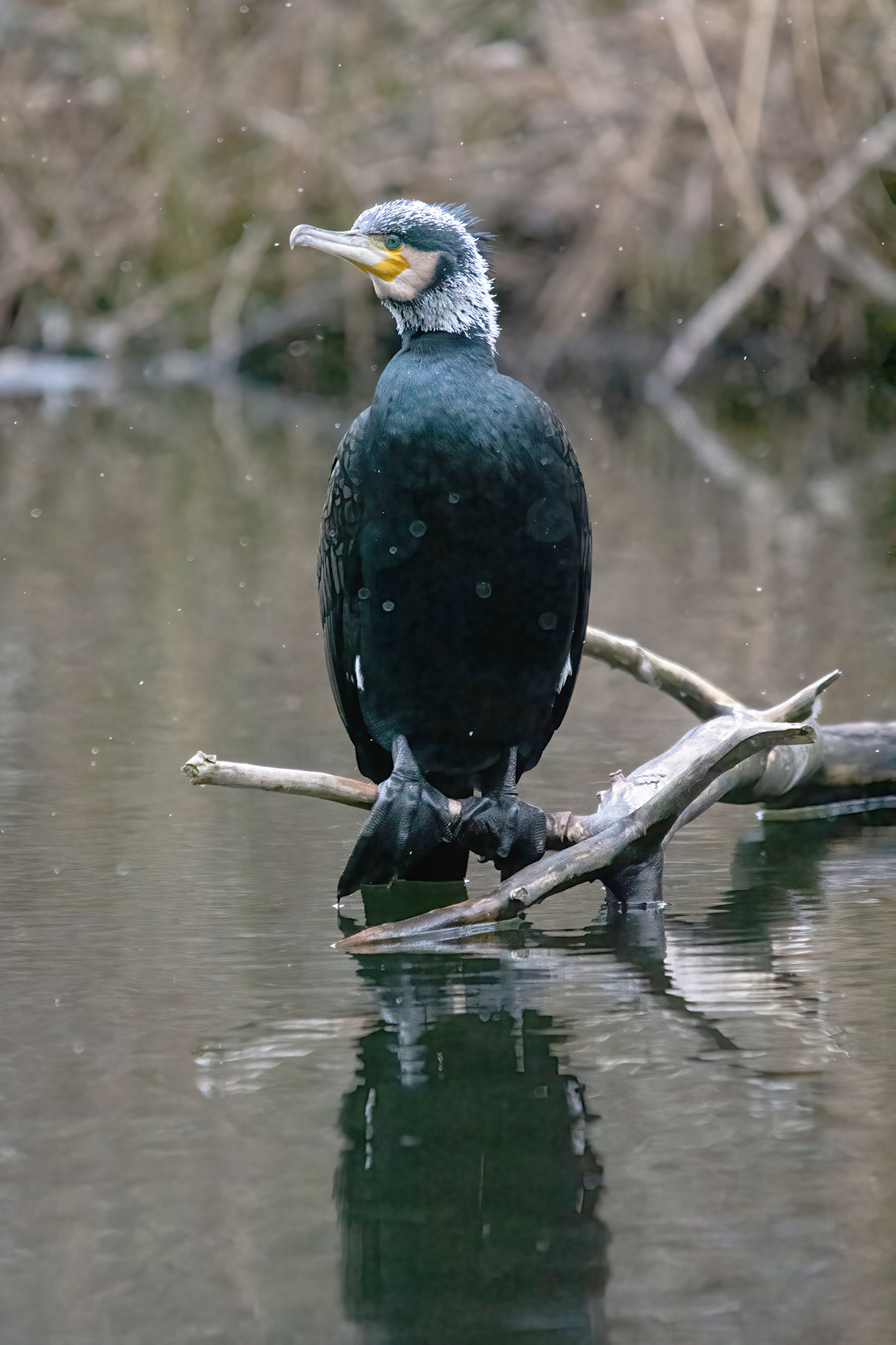This website uses cookies so that we can provide you with the best user experience possible. Cookie information is stored in your browser and performs functions such as recognising you when you return to our website and helping our team to understand which sections of the website you find most interesting and useful.
Posts Tagged: cormorant


The Cormorant Machine
Down on the Main is the old loading terminal of the former Höchst/Clariant Chemie. The cormorants have taken over it and are drying their feathers high up above the water, in the sun.
It’s nice when old man-made things are conquered by animals and nature.
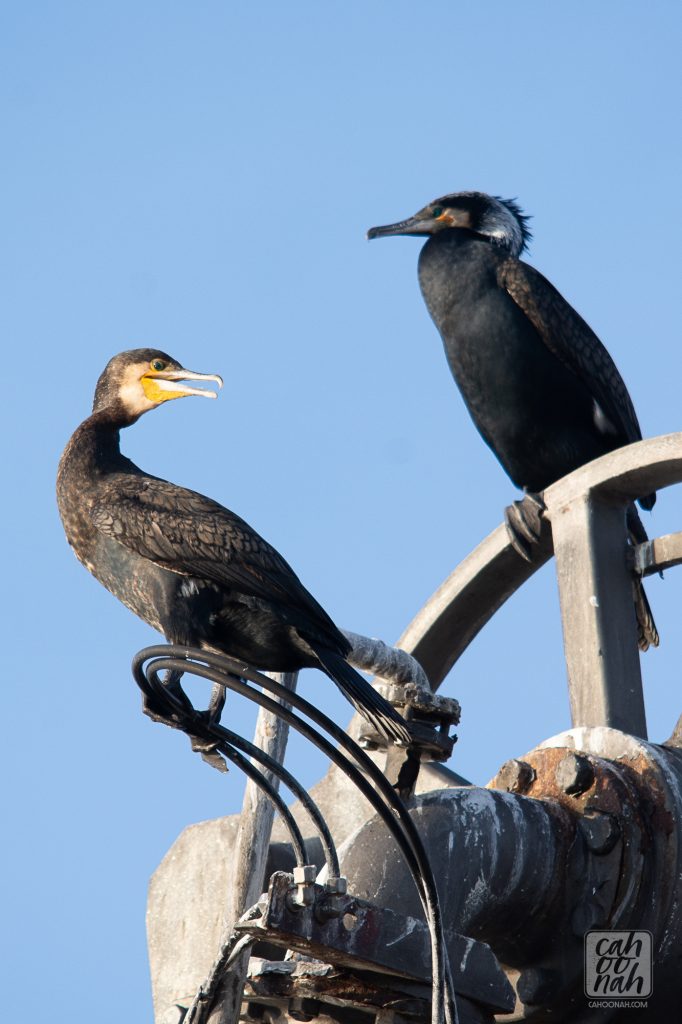

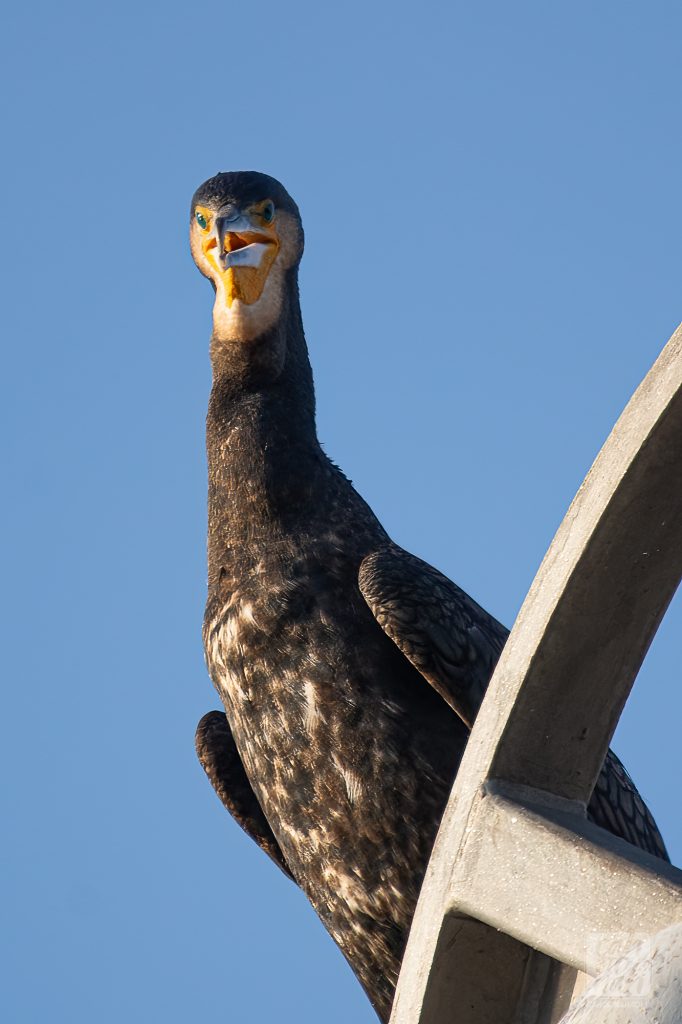
Karbenmoran
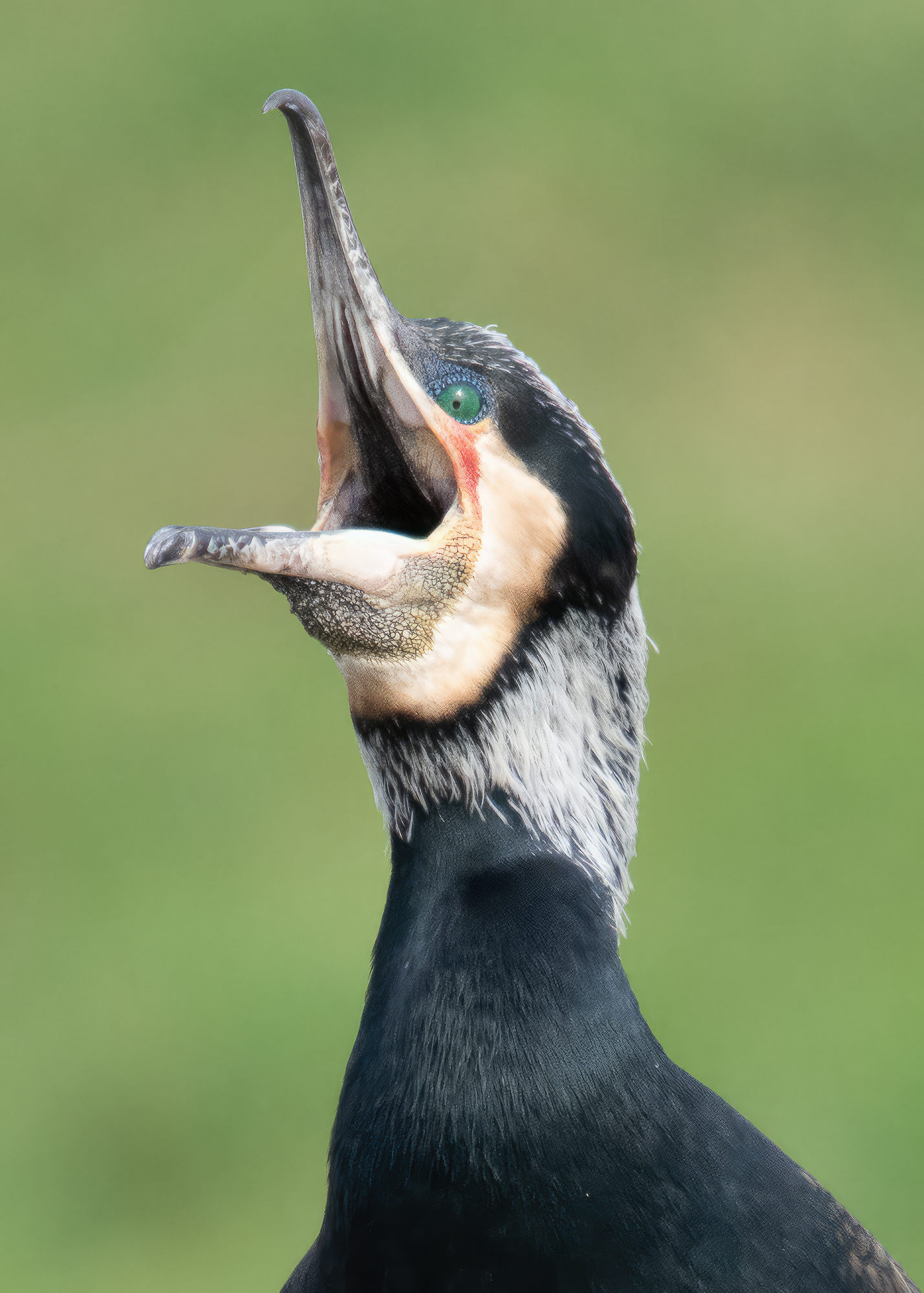

I’ve been working at the Dögelmühle in Karben for more than twenty years, crossing the Nidda almost every day. It had been a more or less straight channel, with trees and vegetation cut back in order to provide unhindered flow. The effect of this is that you hardly could see any water birds that usually show up such places. Luckily a certain area had been renatured a few years ago and those measures seem to show effect: ducks, coots, swans and cormorants I found. One of the latter was resting in the middle of the stream on a sunken tree and was not so shy as it siblings I encountered elsewhere. Spent a good hour with it and although I missed the shot I was hoping for – it taking off and flying away – I got some really decent pictures.
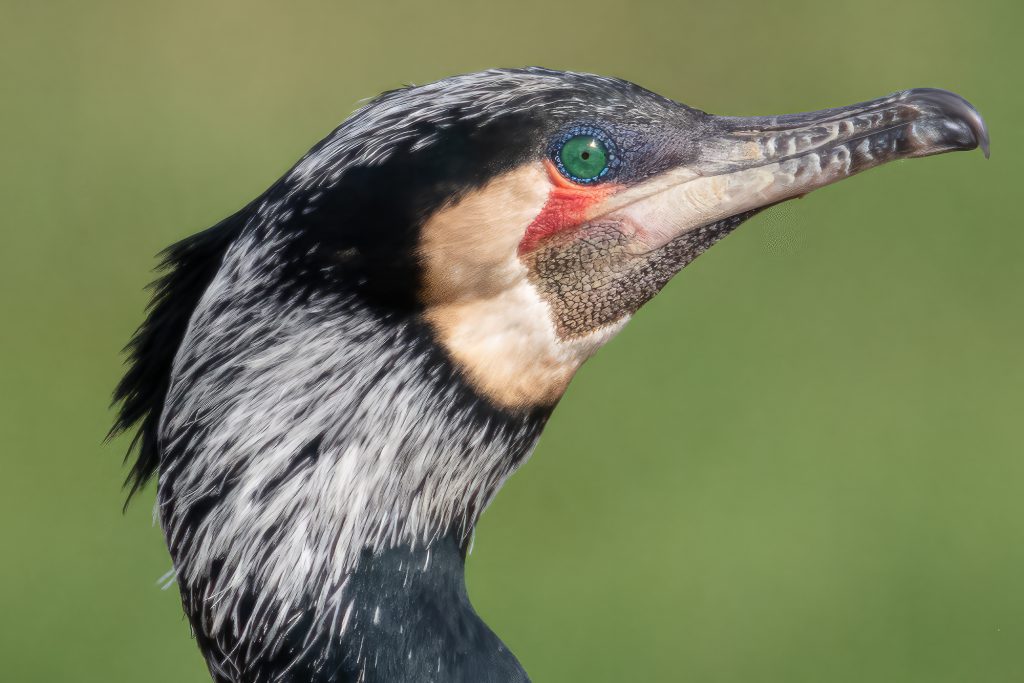
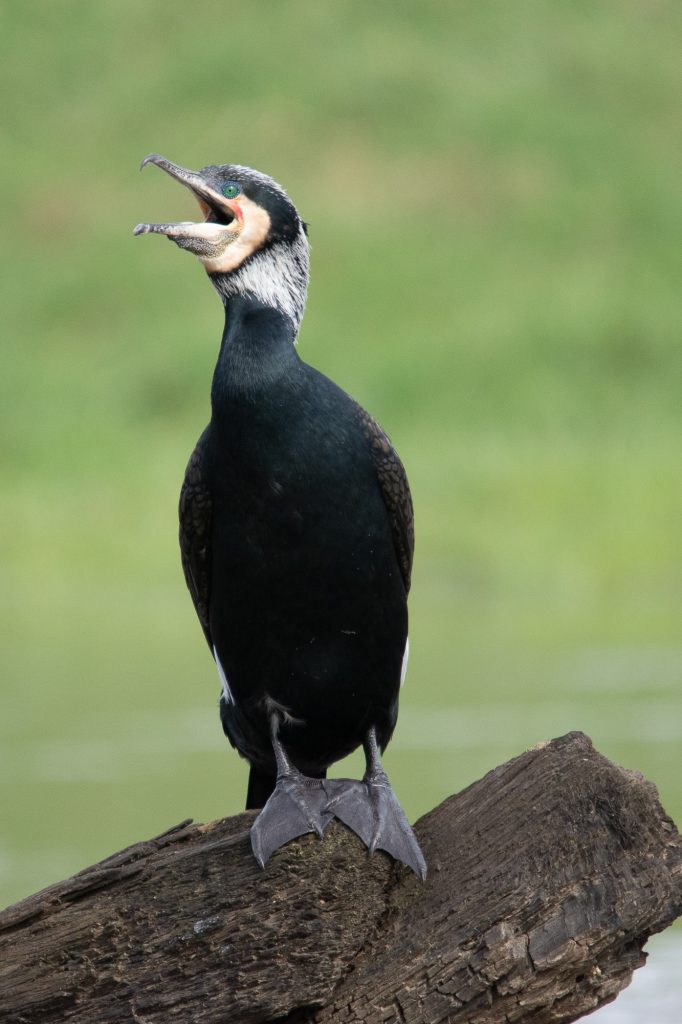
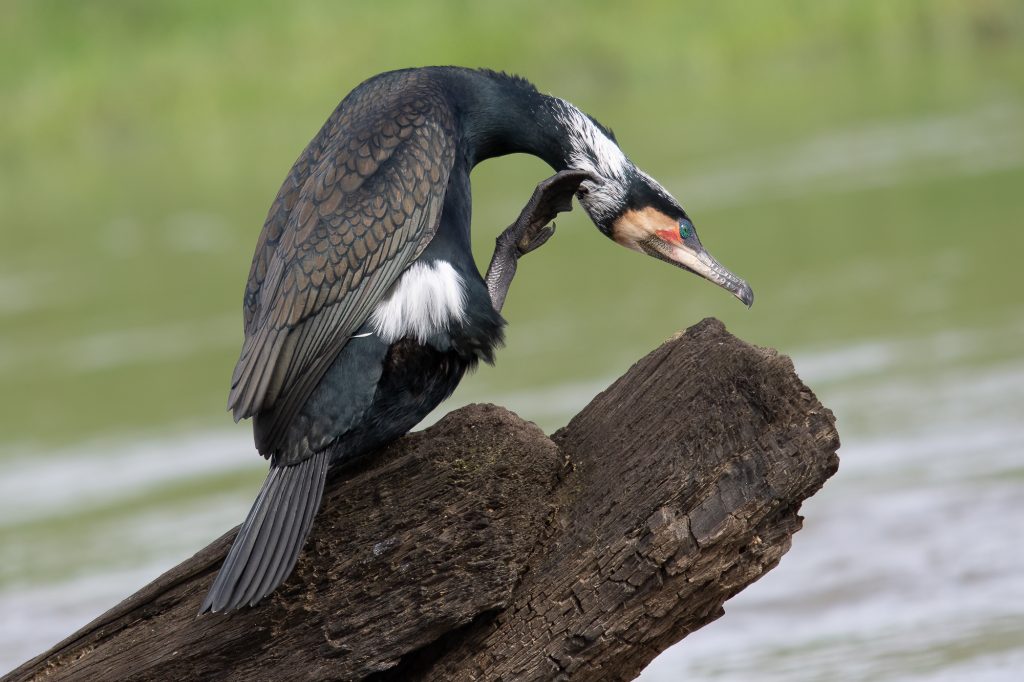
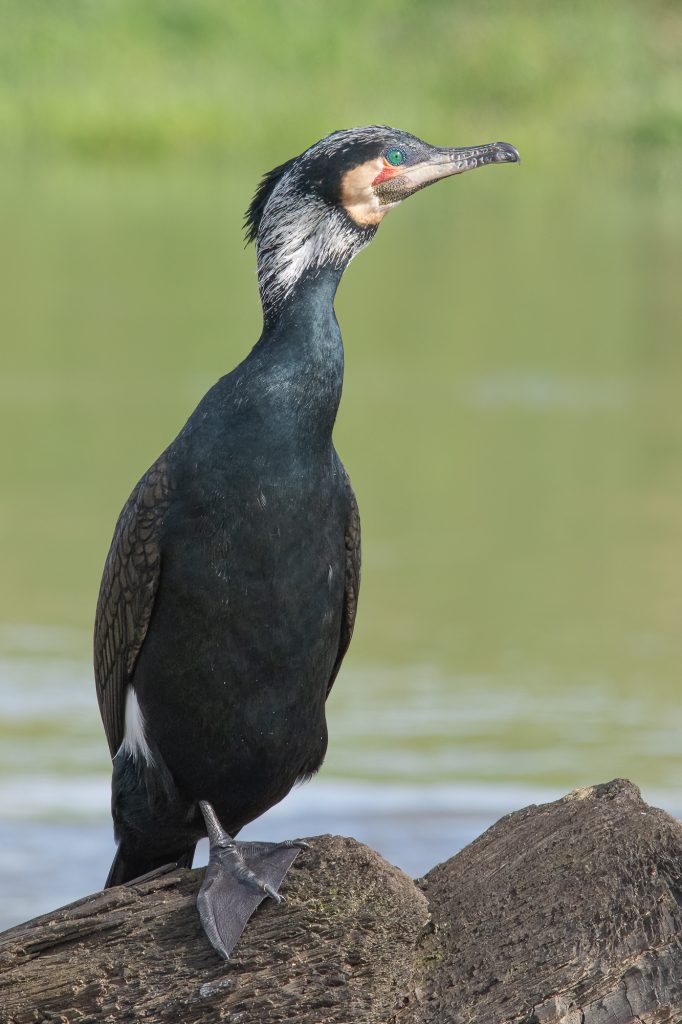



Cormorants
Cold and slight sleet showers were not the ideal weather to go for a shoot, but I needed to get some fresh air and went for a walk to a nearby lake called Maunzenweiher. Usually there are a lot of ducks and a few herons around, but this time I even noticed two cormorants. I wrongly took the grey feathered head for a sign of age, but it is just the opposite: this one is young fellow – and although a lot of people were hiking, jogging and walking around the lake, it was again me stopping and pointing a big lens (eye) at it, that made it play hide and seek with me. At some point I got a few decent shots of him sitting and cleaning his feathers, but I missed his flyoff, touching the water with his feet, the first few swings. Crap!
Cormorant was NABU bird of the year 2010. Another German name for it is “Berufsfischer” (professional fisher) and indeed fishermen don’t like them very much. They are good divers and and their main dish is fish. Since a couple of years the population seems to grow again constantly after they were consequently hunted throughout the first half of the last century.

